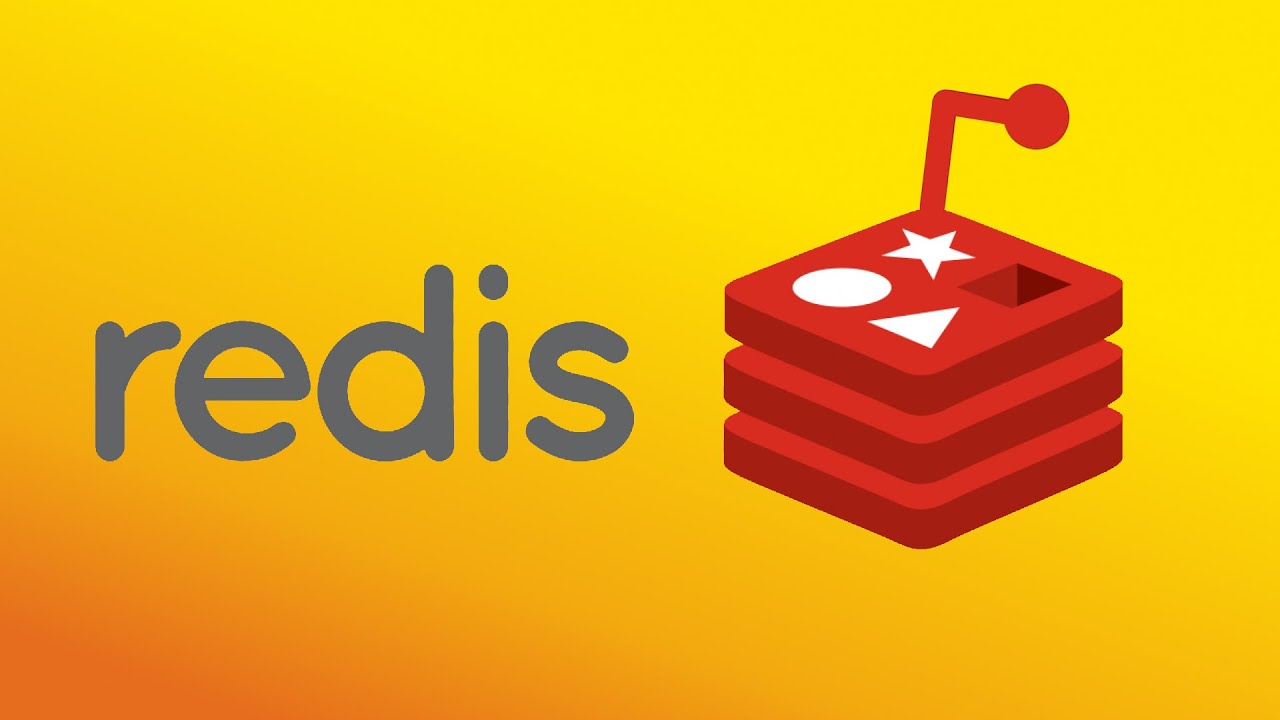The video explains how Reddus, an open-source in-memory database, shifted to a source-available license in 2024 due to concerns about cloud providers exploiting it, but reversed to an open-source license (AGPLv3) in 2025 after community backlash. It highlights broader issues in the open source ecosystem, including the tension between commercial interests and community principles, and criticizes how large corporations and organizations often prioritize profits over true open source values.
The video discusses the recent history of Reddus, an in-memory key-value database used for caching, message brokering, and data storage, which has undergone significant licensing changes. Originally, Reddus was open source, but in 2024, its developers shifted to a source-available licensing model, citing concerns about cloud providers like AWS and Google exploiting the software without contributing back. This change was met with community backlash, as many developers and users felt it restricted the freedoms associated with open source software. The licenses used, RSAv2 and SSPL, are not recognized as true open source licenses because they impose restrictions, particularly on cloud providers hosting or offering the software as a service.
In response to the backlash, the creators of Reddus reversed their decision and reintroduced an open source license, specifically the AGPLv3, in May 2025. The shift back to open source was driven by community pressure and the recognition that maintaining a truly open ecosystem was vital for the project’s growth and sustainability. The blog post highlights the ongoing tension between commercial interests and open source principles, especially as large cloud providers benefit from open source projects without directly contributing to their development. The re-licensing aims to balance the need for sustainable development with the community’s desire for open access.
The video also covers the broader context of how other companies, like Elastic and MongoDB, have navigated similar licensing challenges. Elastic, for example, initially changed its license to address issues with cloud providers but later returned to an open source license (AGPL) after community and market pressures. Elastic’s experience demonstrates that switching to a source-available license can help resolve market confusion and protect the project’s ecosystem, even if it temporarily restricts some users. These cases illustrate the complex dynamics of licensing, community trust, and commercial sustainability in open source software.
Furthermore, the speaker criticizes the role of large corporations and organizations like the Linux Foundation, suggesting that their support often aligns with corporate interests rather than purely open source principles. The tendency of big companies to fork projects and create proprietary or source-available versions when faced with licensing restrictions is seen as a form of “rugpull,” where the original developers and community are left without revenue or control. The speaker argues that these actions reveal the limitations of current open source licensing models and highlight the need for more nuanced approaches to balancing innovation, community involvement, and commercial viability.
In conclusion, the video emphasizes that the licensing journey of Reddus and similar projects reflects ongoing tensions in the open source ecosystem. While companies may switch licenses to protect their interests, community pressure and market forces can lead to reversals and renewed commitment to open source principles. The speaker advocates for a nuanced understanding of licensing strategies, recognizing that while some restrictions are necessary for sustainability, they should not undermine the fundamental freedoms that define open source software. The discussion invites viewers to consider the broader implications of licensing choices and the future of open source development.
